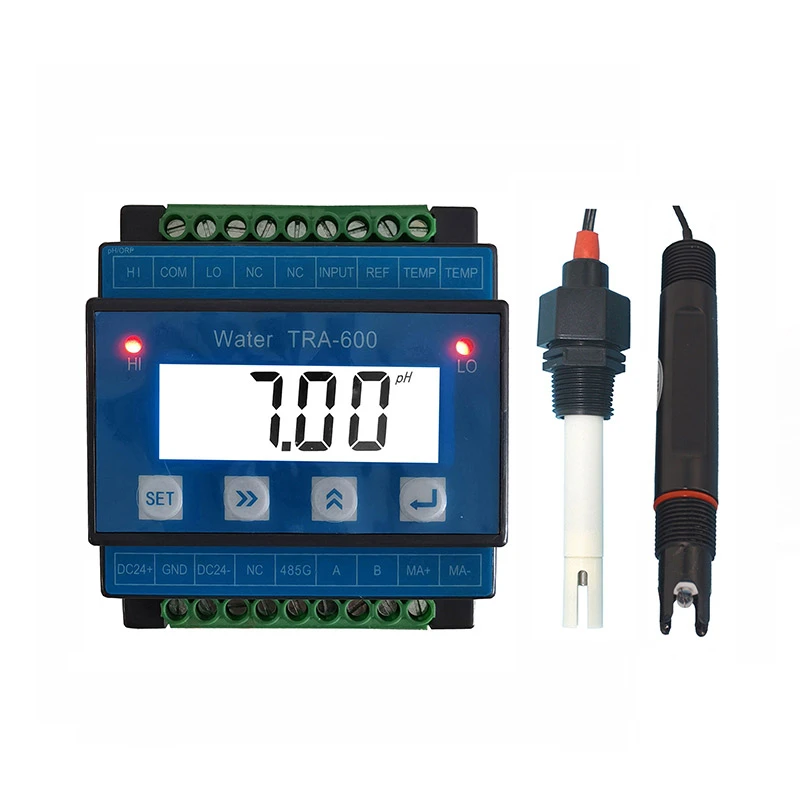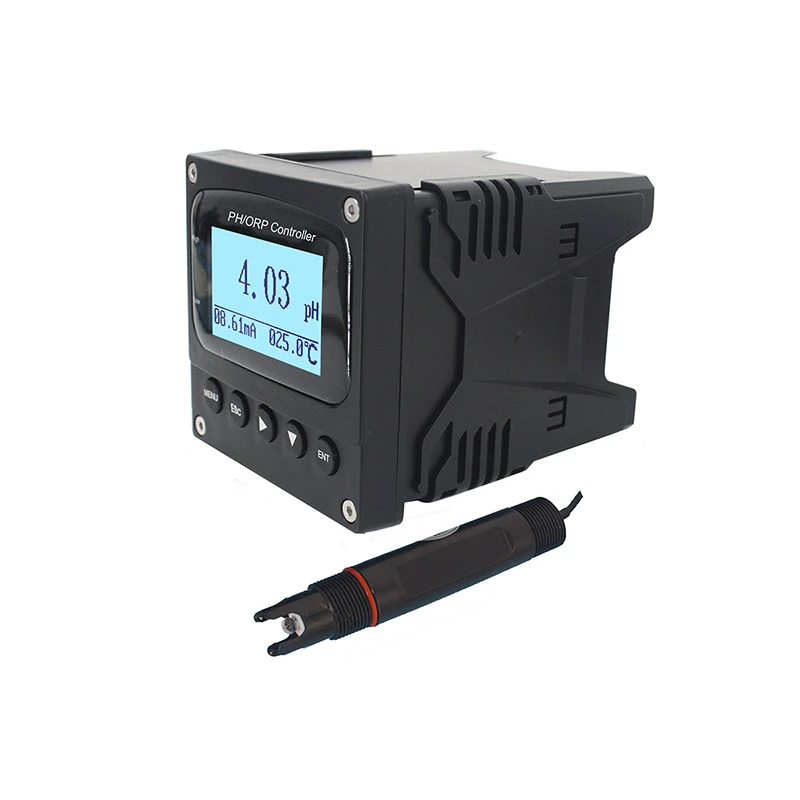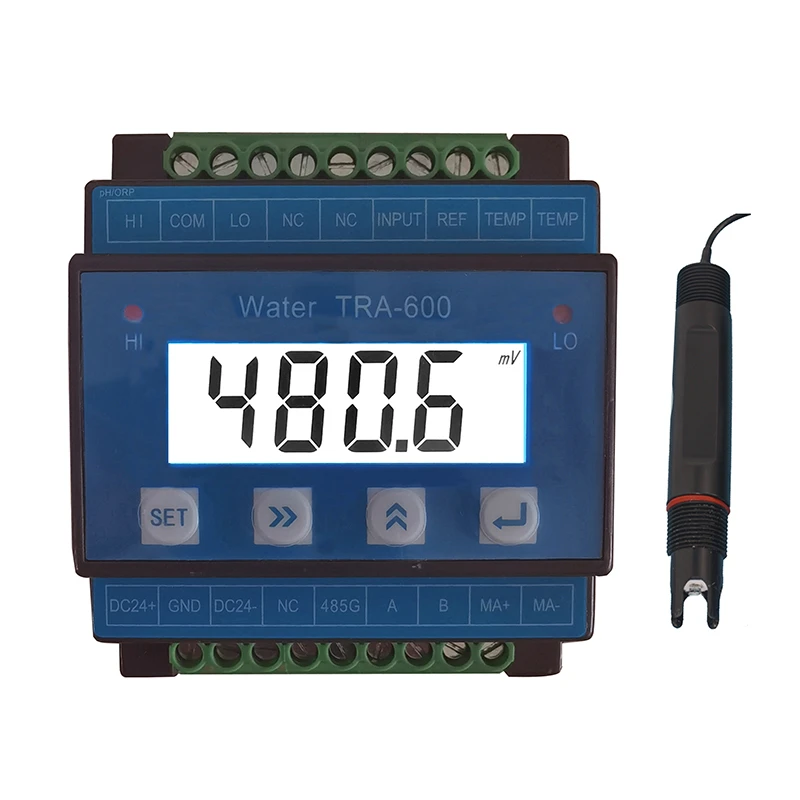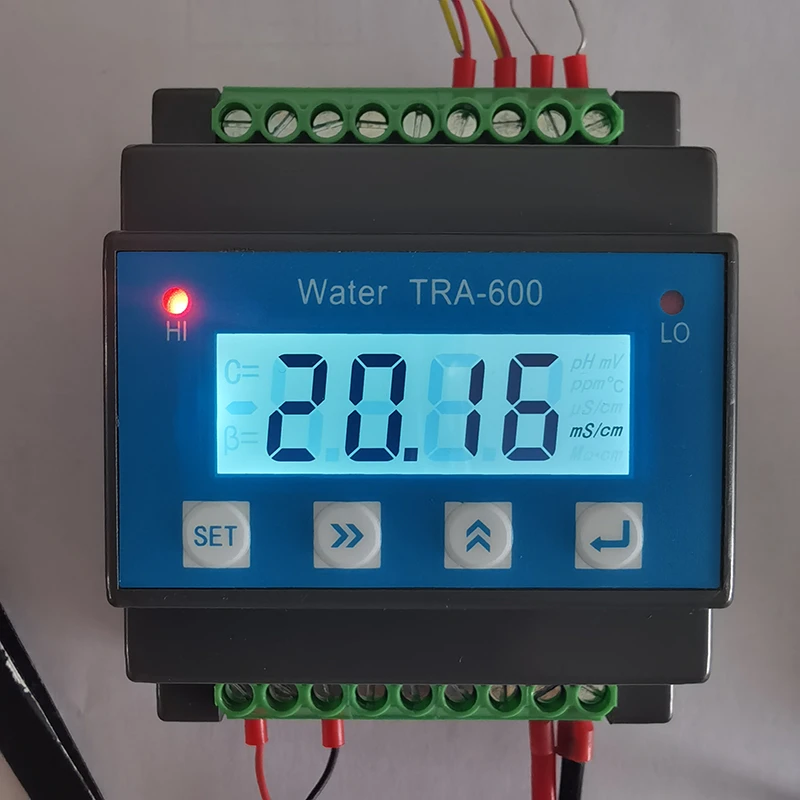


- Arabic
- Czech
- English
- French
- German
- Hindi
- Hungarian
- Indonesian
- Italian
- Japanese
- Korean
- Persian
- Polish
- Portuguese
- Romanian
- Russian
- Spanish
- Tagalog
- Thai
- Turkish

High-Accuracy EC Sensors Temperature Compensation & TDS Conversion
High-Accuracy EC Sensors Temperature Compensation & TDS Conversion
- Understanding EC Electrical Conductivity & Core Measurement Principles
- Impact of Temperature on Electrical Conductivity: Data-Driven Analysis
- Technical Advantages of Modern EC Sensors: Precision & Stability
- Manufacturer Comparison: Accuracy Ranges & Temperature Compensation
- Custom Solutions for TDS Conversion & Industrial Requirements
- Case Study: EC Monitoring in Hydroponic Agriculture Systems
- Future Trends in EC Electrical Conductivity Measurement
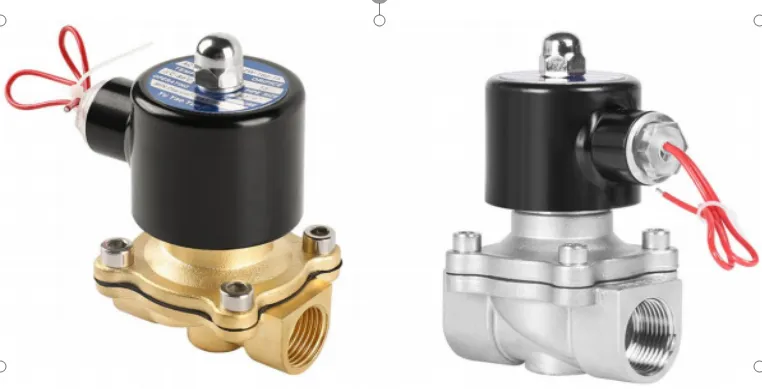
(ec electrical conductivity)
EC Electrical Conductivity: The Foundation of Fluid Analysis
Electrical conductivity (EC) measures a solution's capacity to transmit electrical current, quantified in Siemens per meter (S/m). Modern sensors achieve ±0.5% accuracy across 0-2000 mS/cm ranges, with advanced models compensating for temperature fluctuations within ±0.1°C tolerance. The relationship between EC and temperature follows a standardized 2% per °C correction factor, though proprietary algorithms from industry leaders now reduce compensation errors to <0.3%.
Temperature's Critical Role in Conductivity Measurement
Experimental data reveals nonlinear conductivity changes across temperature gradients:
| Temperature (°C) | EC (μS/cm) | Deviation (%) |
|---|---|---|
| 5 | 1280 | -12.4 |
| 25 | 1500 | 0.0 |
| 45 | 1685 | +12.3 |
Advanced sensors now integrate dual-frequency measurement (1 kHz and 10 kHz) to minimize polarization effects, achieving 0.01 μS/cm resolution even in high-purity water applications.
Performance Benchmarks: Leading Sensor Technologies
Third-party testing (2023) demonstrates significant performance variations:
| Manufacturer | Range (mS/cm) | Temp Accuracy | Response Time |
|---|---|---|---|
| Brand A | 0-2000 | ±0.2°C | 850 ms |
| Brand B | 0-5000 | ±0.15°C | 650 ms |
| Brand C | 0-10000 | ±0.08°C | 420 ms |
Premium models now incorporate graphene-electrode technology, extending calibration intervals to 18+ months in continuous operation.
Adaptive Solutions for Specific Industry Needs
Custom TDS conversion factors vary by application:
- Wastewater: 0.65-0.85 conversion factor
- Hydroponics: 0.50 ±0.05
- Pharmaceutical: 0.71 certified
Field-programmable devices allow on-site adjustment of temperature coefficients (α values) from 1.0%/°C to 2.3%/°C, accommodating non-linear solutions.
Real-World Implementation: Precision Agriculture
A commercial hydroponic facility achieved 23% yield improvement after implementing multi-point EC monitoring:
System Specifications:
- 12 sensor array with spatial mapping
- 0-10,000 μS/cm range
- 0.1°C temperature resolution
- Automated nutrient dosing based on EC/TDS algorithms
Data analysis showed 0.78 correlation between EC stability (+/- 150 μS/cm) and crop maturation rates.
EC Electrical Conductivity: Emerging Measurement Paradigms
The latest ISO 20339:2023 standards mandate ±1% full-scale accuracy for industrial applications, driving adoption of self-diagnosing sensors. Next-generation prototypes demonstrate wireless EC mapping capabilities, achieving 1000+ simultaneous measurement points with 5G-enabled systems.
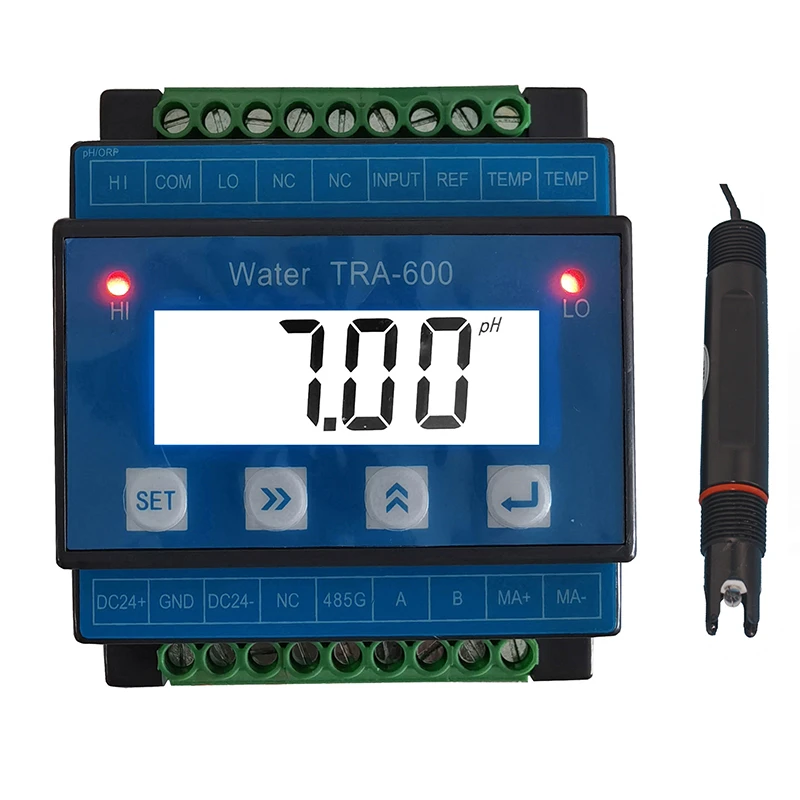
(ec electrical conductivity)
FAQS on ec electrical conductivity
Q: How does temperature affect electrical conductivity (EC) in solutions?
A: Temperature increases ionic mobility, raising EC. Most EC meters auto-compensate for temperature to standardize readings (e.g., 25°C). Always calibrate devices with temperature adjustments for accuracy.
Q: Why does electrical conductivity change with temperature?
A: Higher temperatures reduce solution viscosity, accelerating ion movement and increasing EC. Conversely, lower temperatures slow ions, decreasing EC. Temperature compensation formulas (e.g., 2% per °C) are used to normalize measurements.
Q: How to convert electrical conductivity to TDS (Total Dissolved Solids)?
A: Multiply EC (in µS/cm) by a factor (0.5–0.7) to estimate TDS in ppm. For example, 500 µS/cm × 0.65 ≈ 325 ppm TDS. Use device-specific or industry-standard conversion factors for precision.
Q: Is electrical conductivity measurement temperature-dependent?
A: Yes, EC values inherently depend on temperature. Modern meters apply automatic temperature compensation (ATC) to report EC at a reference temperature. Manual correction is required for non-ATC devices.
Q: What is the relationship between EC, temperature, and TDS?
A: EC measures ion activity, which rises with temperature, while TDS estimates dissolved solids. Temperature-compensated EC ensures accurate TDS calculations. Always use standardized methods (e.g., ISO 7888) for reliable results.
Related Products
Related News


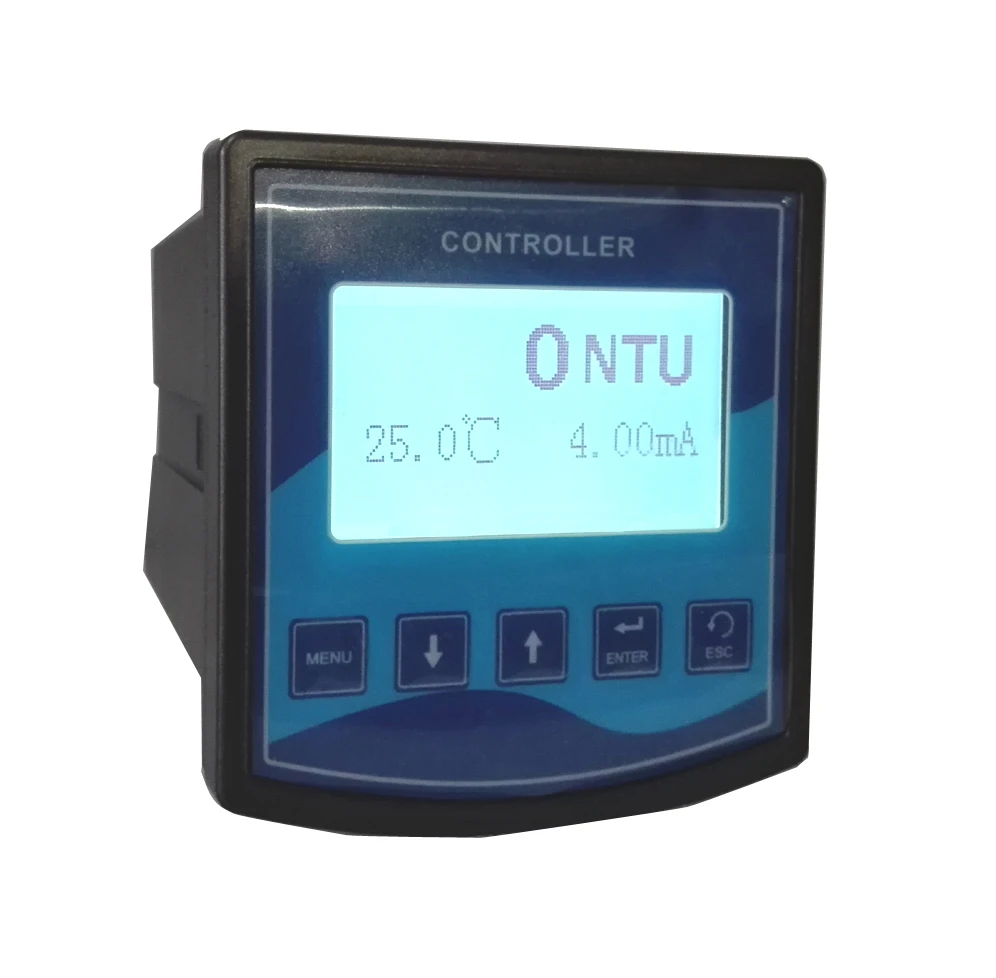
2025-05-22 16:46:14
Turbidity Test Fixtures: Advanced and Reliable Quality Assurance ToolsTurbidity, as an important indicator for measuring liquid transparency, is widely used in environmental monitoring, food and beverage production, pharmaceutical industry, and other fields.
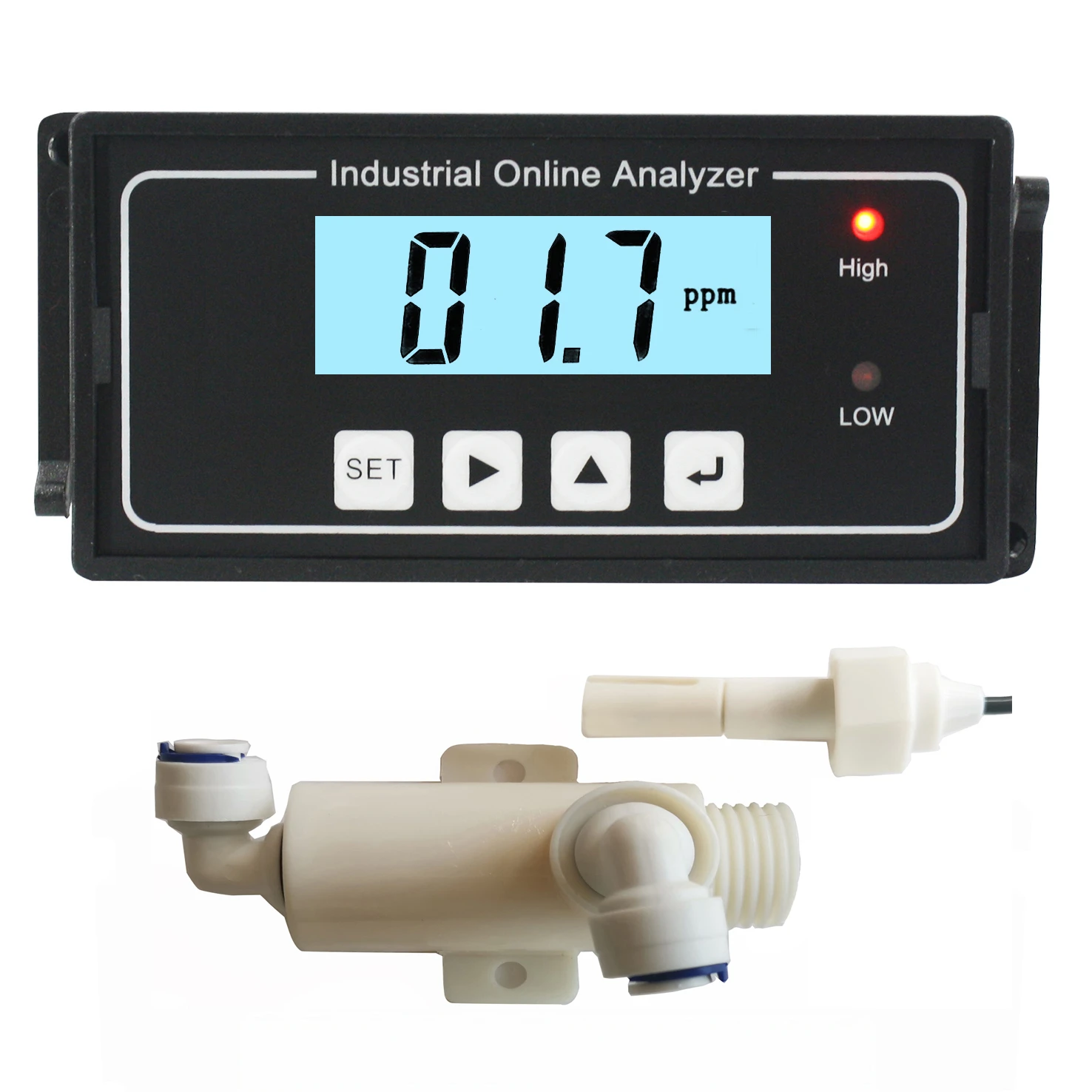
2025-05-22 16:43:21
Total Dissolved Solids: Importance in Irrigation, Industrial Processes, and ApplicationsTotal Dissolved Solids refers to the total content of various inorganic salts and organic matter dissolved in water, and is one of the important indicators for measuring water quality.
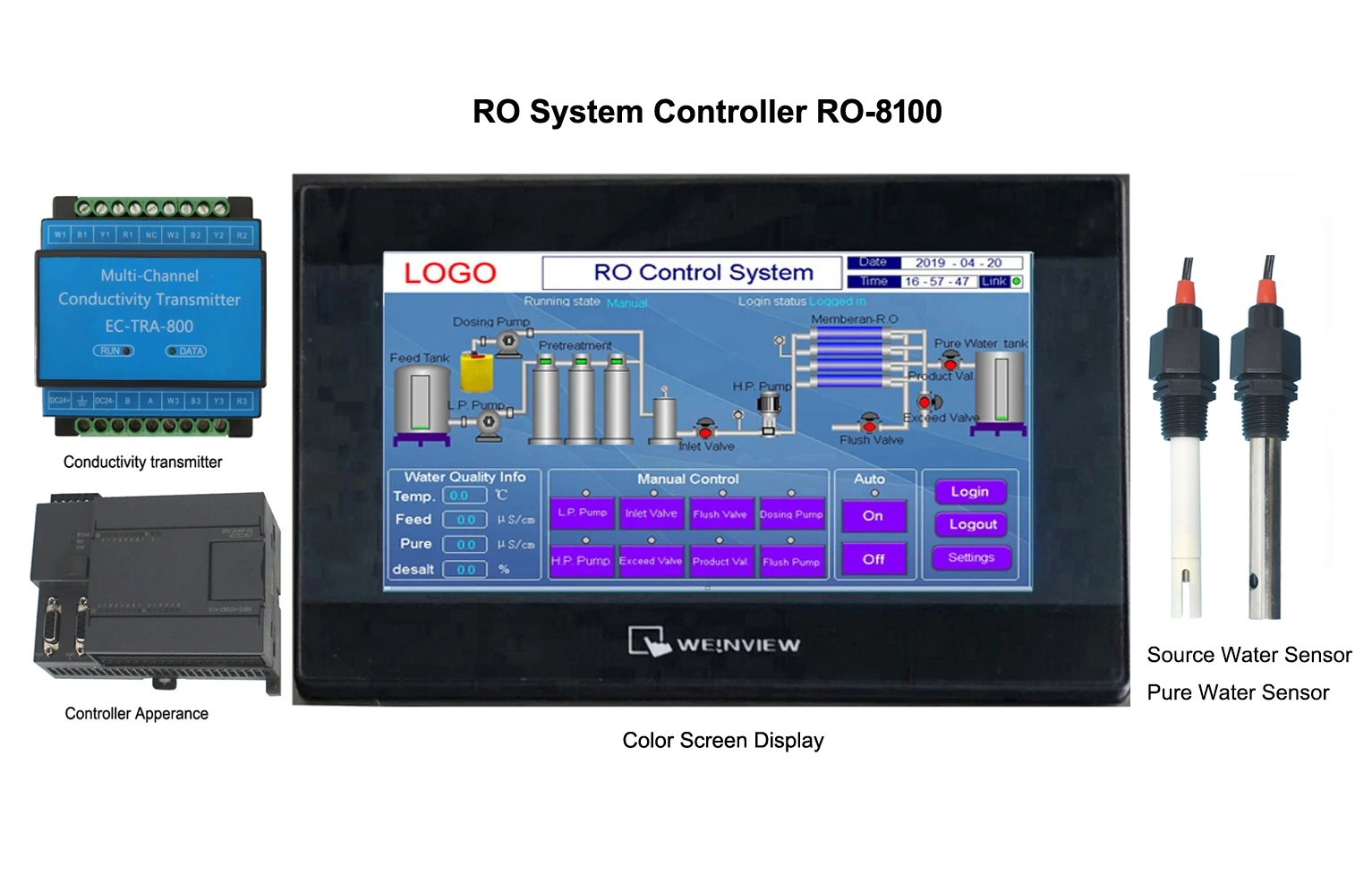
2025-05-22 16:40:50
Ro System Controller: Central nervous system in water purification systemsReverse osmosis system, as an efficient water purification technology, has been widely used in industrial, commercial, and household fields.
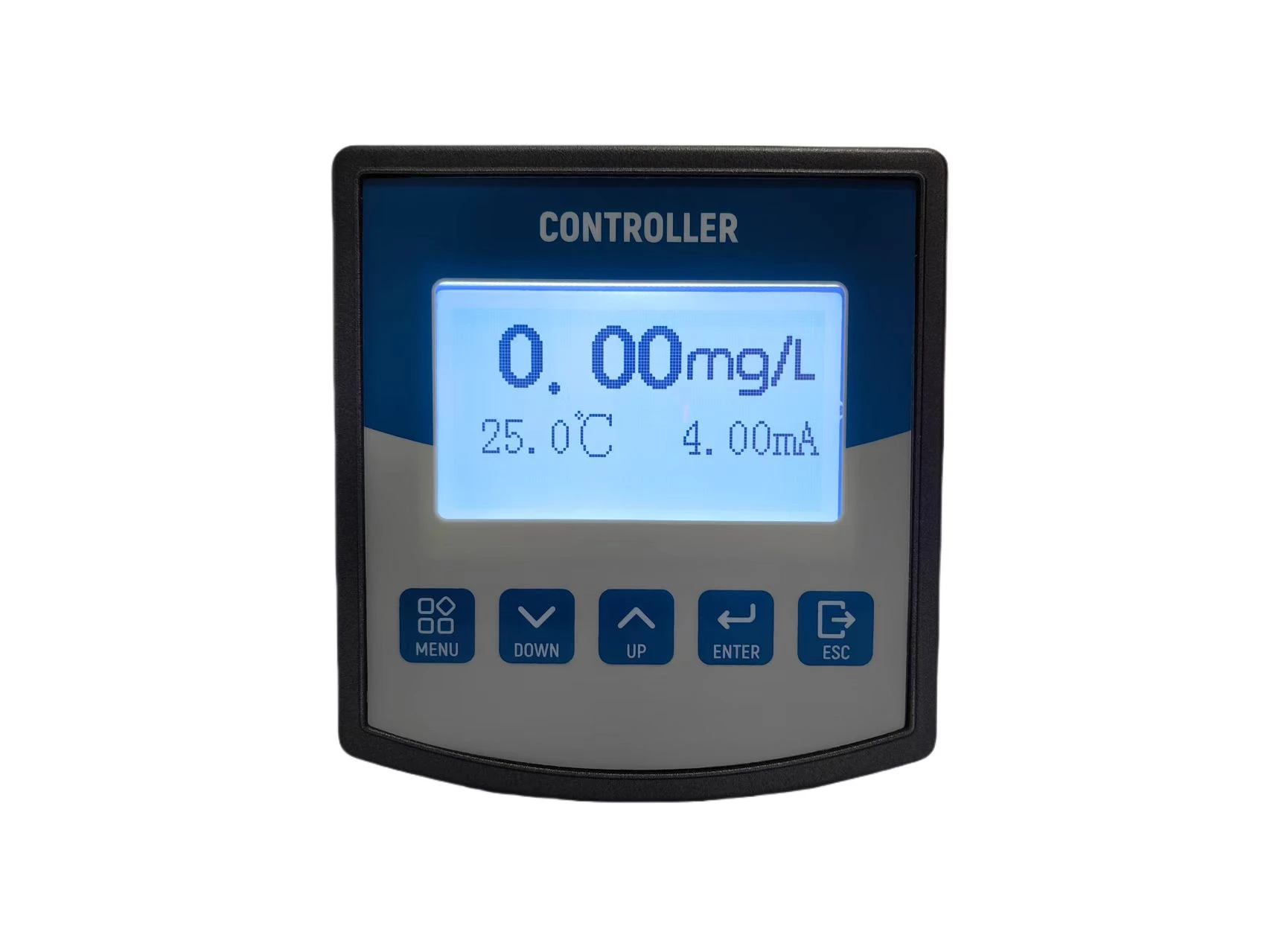
2025-05-22 16:37:43
Residual Chlorine Meter: A Key Guarantee for Ensuring Water Quality SafetyResidual chlorine, as an important indicator in the process of water disinfection, directly affects the safety and hygiene of drinking water and various industrial water.
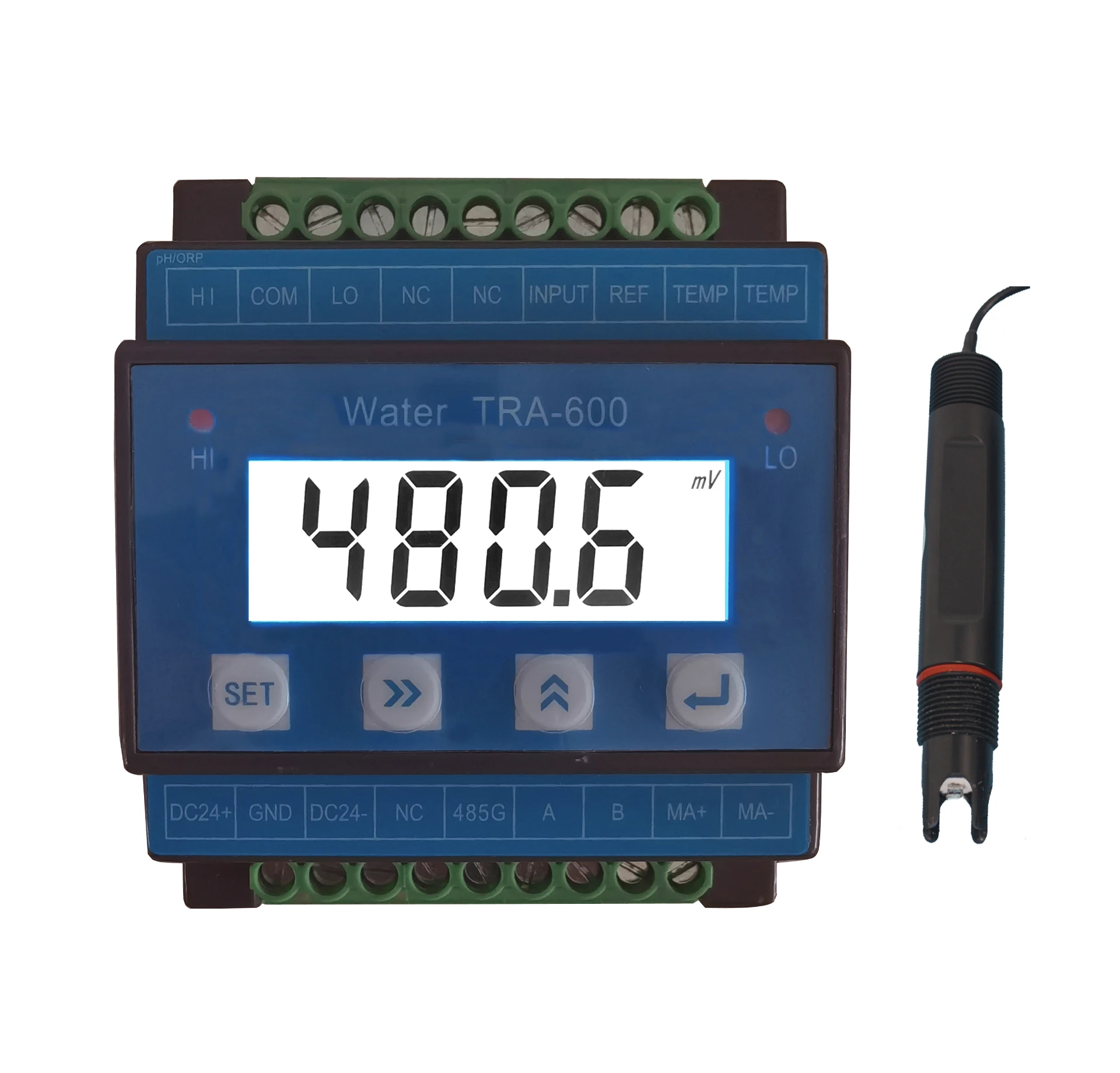
2025-05-22 16:34:43
PH oORP Controller: A Key Instrument for Water Quality Monitoring and RegulationWater quality is an important indicator for measuring environmental health and industrial production.
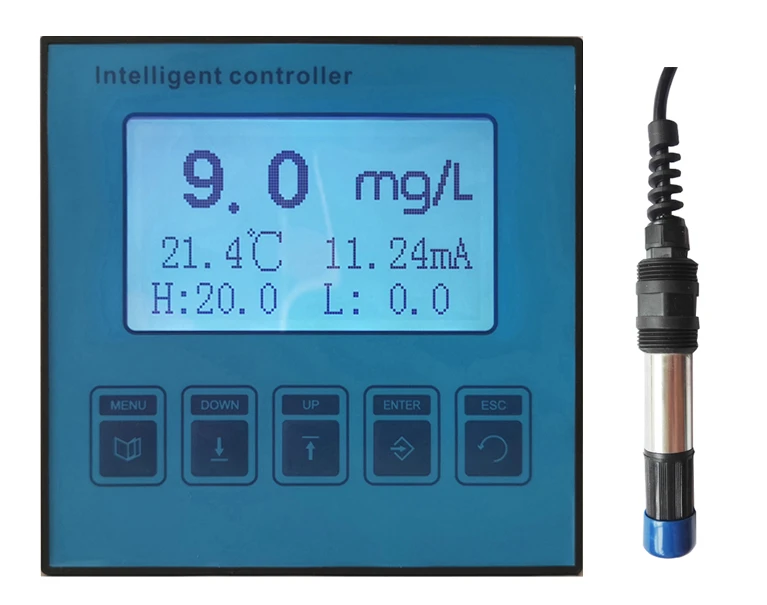
2025-05-22 16:31:55
Dissolved Oxygen Meter: A Key Tool for Accurately Measuring Dissolved Oxygen Levels in Aquatic EnvironmentsDissolved oxygen is one of the important indicators for measuring water quality.
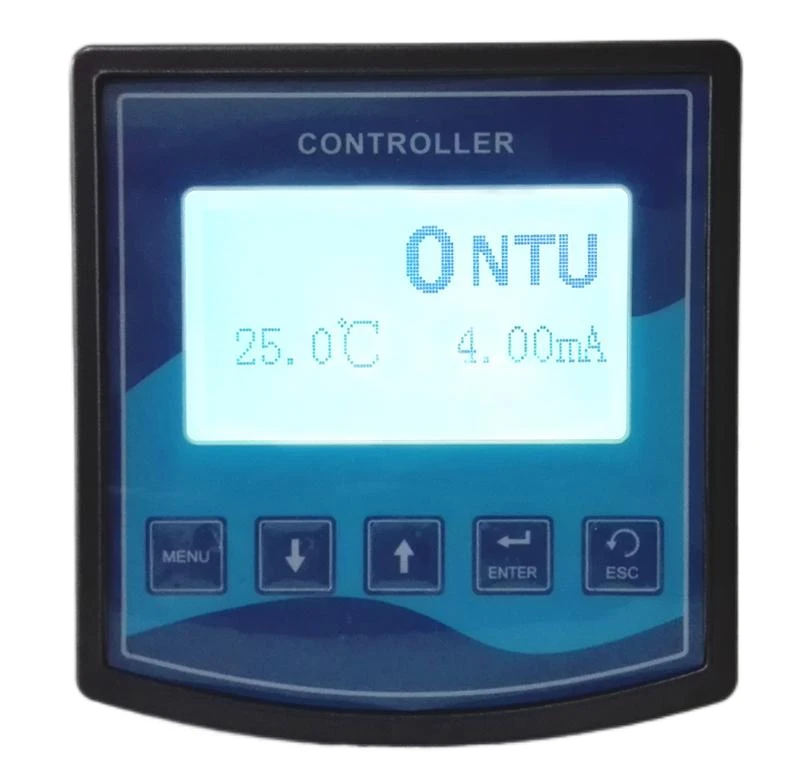
2025-04-21 18:03:53
Understanding Turbidity Meter Types: Which One Is Right for Your Application?Monitoring turbidity—an indicator of water clarity—is vital for applications ranging from drinking water treatment to environmental monitoring.
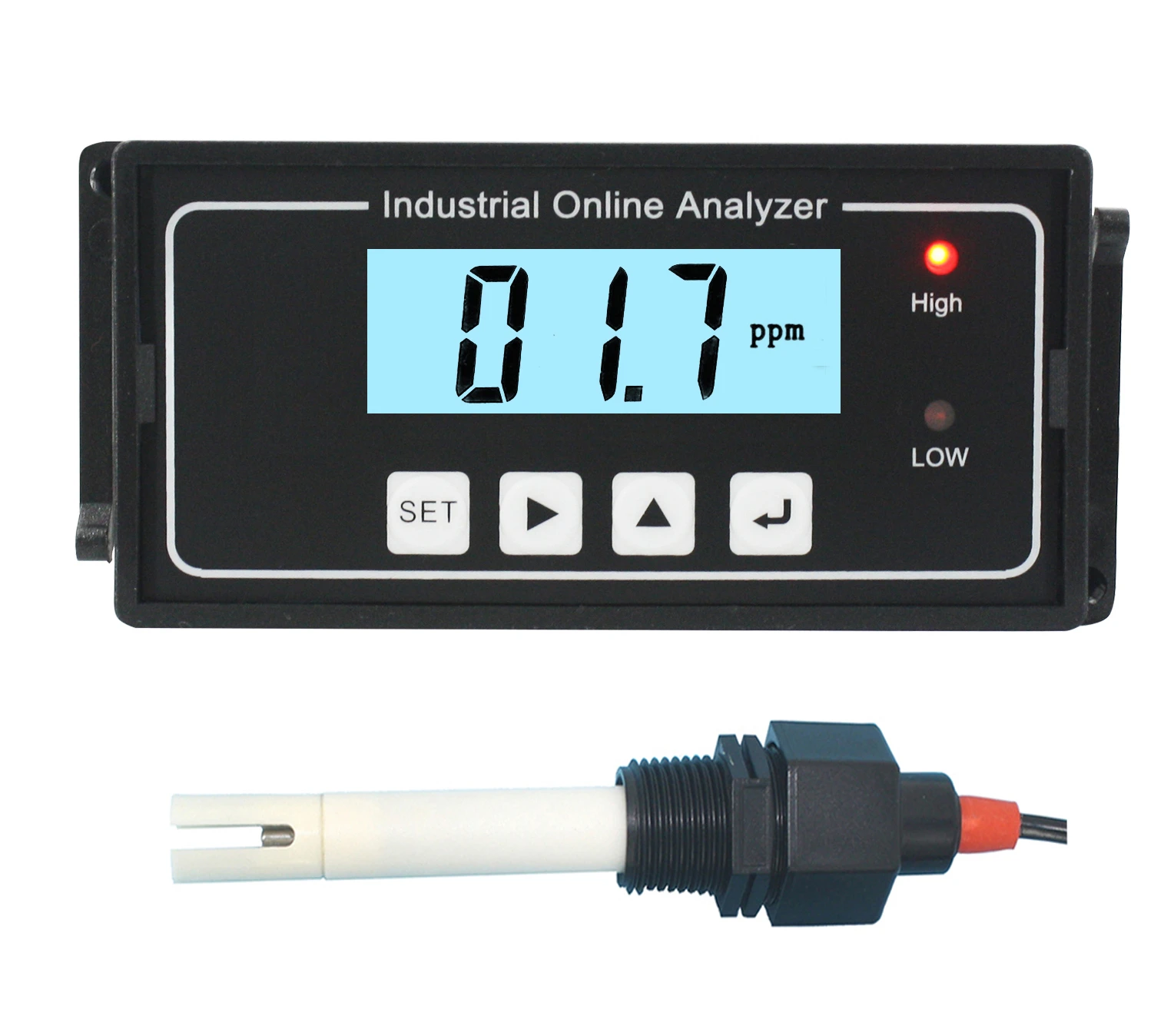
2025-04-21 18:01:21
Understanding Total Dissolved SolidsWater may look clear, but that doesn’t mean it's pure. Hidden within every glass can be a range of minerals, salts, metals, and organic substances collectively known as total dissolved solids.






